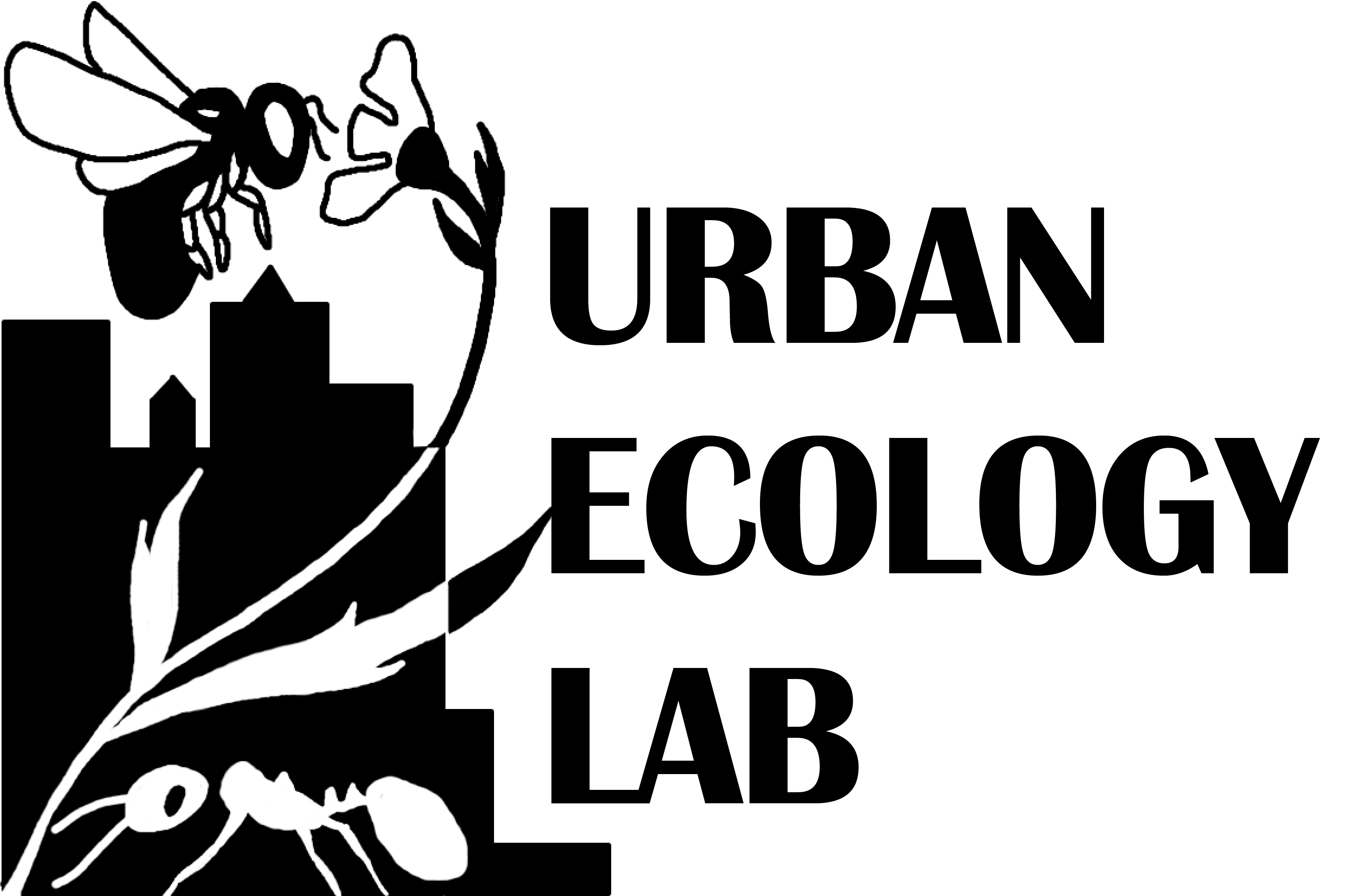CONTACT US
Populations of organisms that live in cities are evolving. Some may drift apart (genetically) from their non-urban counterparts because they’re isolated. And some are becoming better adapted to urban life. For example, some urban ants have evolved higher heat tolerance than their non-urban counterparts.

As a field of study, urban evolutionary biology is growing fast. (See the new book, Urban Evolutionary Biology!) But one area that remains under-studied is how cities affect organisms’ adaptations not just to the environment, but to each other.
In our chapter on evolutionary ecology of mutualism in cities, Becky Irwin, Paige Warren, Judie Bronstein, and I reviewed existing research and highlighted areas for future work. For my part, I’m especially curious about plant-pollinator interactions in cities.
The spectacular diversity of flowers on earth has been shaped by interactions between plants, pollinators, and herbivores. Cities certainly alter communities of pollinators and herbivores…so are different shapes, sizes, or colors of flowers more advantageous for plants that are forced to interact with this new urban community?
About the chapter
Irwin, R. E., E. Youngsteadt, P. S. Warren, and J. L. Bronstein. 2020. The evolutionary ecology of mutualisms in urban landscapes. Chapter 7 in: M. Szulkin, J. Munshi-South, and A. Charmantier, eds. Urban Evolutionary Biology. Oxford University Press.
Link to chapter; PDF available upon request
Review of the book in Evolution (“There are dissertation projects waiting to be conducted by careful readers of this chapter…”)


